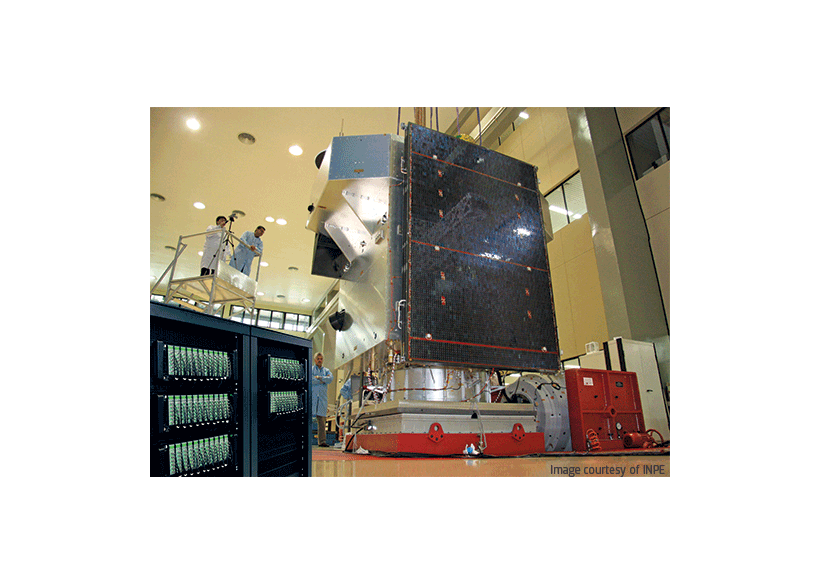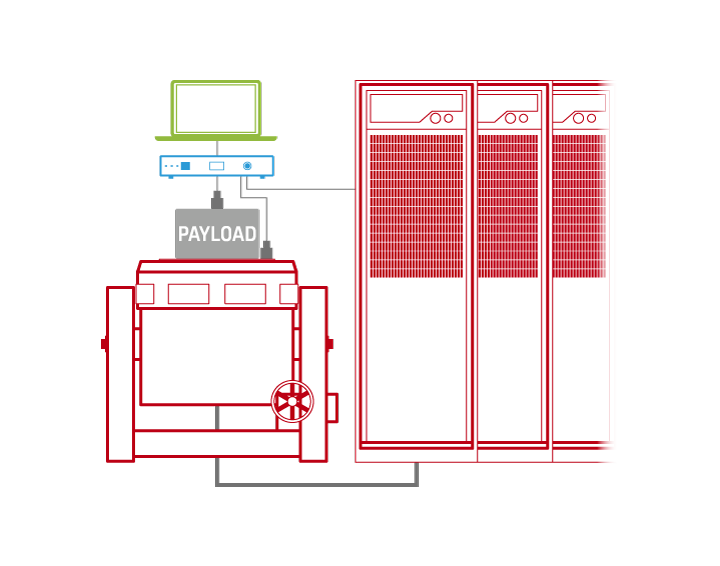
Mechanical satellite qualification test
Qualification and acceptance testing (Q&A) ensures that equipment designs meet the performance expectations required for a particular mission – from assembly and transportation to launch and operation.
As satellite- and launcher-mission parameters vary widely, test parameters and configurations differ significantly. For example, with mechanical Q&A testing of satellites, standard qualification test procedures (QTP) are usually different from standard acceptance test procedures (ATP).
The QTP is more comprehensive and is performed at higher levels on engineering models to qualify mechanical designs. It typically includes environmental testing such as vibration, shock and acoustic fatigue, and payloads can be either shaken to destruction or undergo non-destructive testing to assess their performance. The ATP, on the other hand, is a production test performed on the actual flight model to show that the structure meets performance specifications.
Qualification Testing Process
- Random and swept-sine vibration testing, which involves vibrating the satellite on a large LDS shaker, such as V994, in order to locate structural weaknesses and ensure that no significant structural dynamic changes have occurred
- Shock testing to simulate and analyze the (pyro-) shocks encountered during, for example, the separation and deployment of solar panels
The LASERUSB controller supports standardized testing, including testing according to MIL-STD-810 and DEF STAN 00-35

Iscriviti alla nostra Newsletter e ricevi le informazioni più recenti dal mondo del suoni e delle vibrazioni





